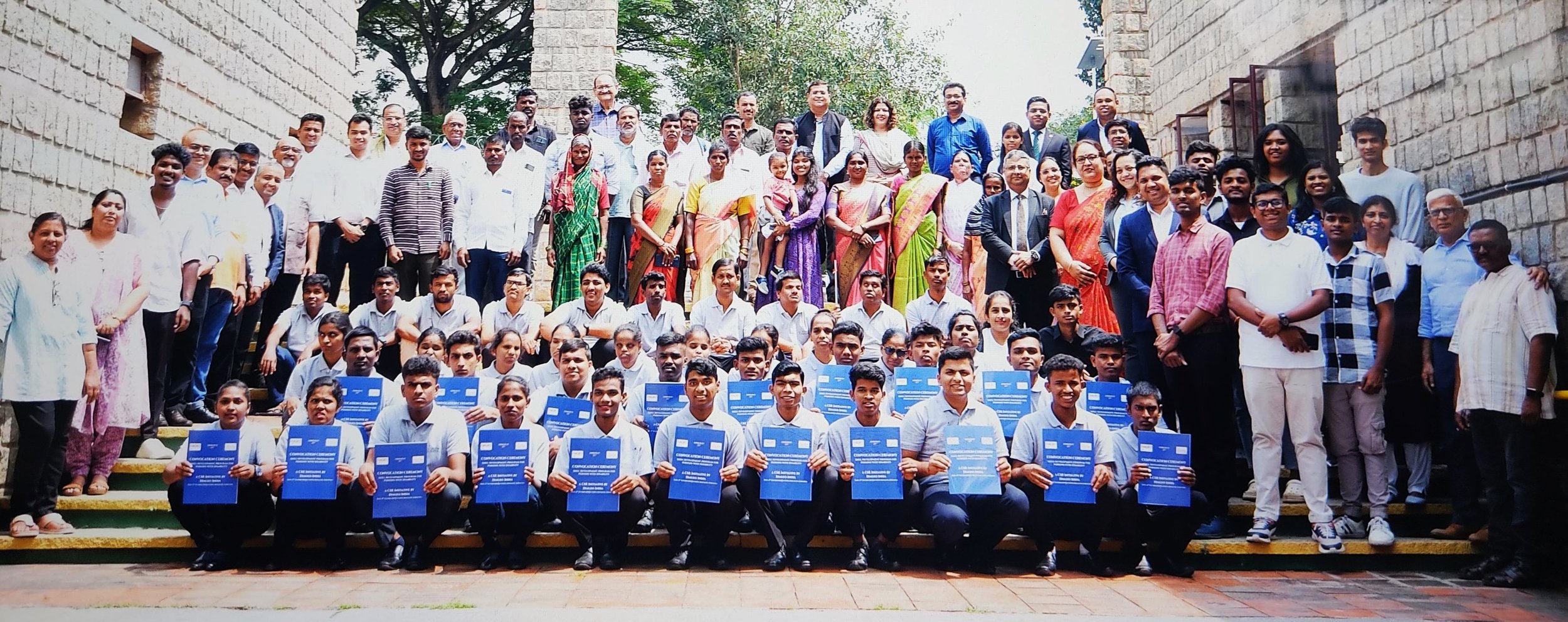As they say, there are those who live to eat and those who eat to live. Irrespective of this, for us Indians, snacking has been an activity that culminates in satiating both body and mind. On top of that, with India being the land of rich culinary heritage, the Indian snack industry has undergone several significant modifications over the years to adapt to changing eating habits.
In recent times, India’s snack consumption patterns have witnessed a considerable change in terms of social, cultural, and economic dynamics. The consumers’ relationship with their snacks has become deeper and more meaningful. New trends and ways are shaping this dynamic market as customers continue to look for convenience and variety in their snacking options. Keeping this in mind, let us further explore the key trends in the market and changing consumer patterns.
New Trends Shaping the Indian Snacks Market
The Indian snack market is critical to the country’s culinary market, encompassing diverse flavours, ingredients, and textures. According to statistics released by the IMARC Group, the delectable India snacks market size achieved INR 42,694.9 crore in 2023. Looking ahead, the market is estimated to reach INR 95,521.8 crore by 2032, showing a growth rate of 9.08% during 2024-2032. However, with the changing consumer lifestyle and urbanisation, the industry is undergoing metamorphosis. With that, the evolving snacking culture and emerging trends are poised to revamp the nuances of this savoury ecosystem.
Increasing Demand for Premium Snacks
From artisanal baked goods to exotic chip flavours, the Indian snack market is witnessing a considerable shift. In recent times, consumers are opting for premium products. This trend has stirred the innovation for high-quality and gourmet snacks containing top-notch ingredients and premium packaging. For instance, many snacking brands have introduced their premium and gourmet range, including ice creams and well-known snack brands. Other examples include ready-to-eat gourmet meals and foreign-packaged snack items such as ramen, sushi, etc. The newfound exposure to international flavours is the catalyst responsible for this change.
Flavour Fusion
In the evolving dynamics of the Indian snack market, an interesting trend is rising: the fusion of traditional flavours with international ingredients. With this, the manufacturers are experimenting with exotic ingredients from all around the world with the hopes of turning them into a beloved local snack item. As a result, the existing market is plagued with an abundance of delightful novelty snacks. For instance, there are plenty of brands that sell snacks infused with international flavours such as salsa, American cheese, and Manchurian. Barbeque chips, Chilli Momos, Gulab Jamun cheesecake, etc, are some examples of fusion-flavoured food items available in the market.
E-commerce and Direct-to-Consumer (D2C)
The introduction of e-commerce, quick commerce, and direct-to-consumer models is revolutionising the Indian snack market environment furthermore. According to the India Brand Equity Foundation, the Gross Merchandise Value (GMV) of e-commerce has reached INR 6,000 crore, increasing at an annual growth of 22%. On the other hand, the quick commerce sector currently stands at a value of INR 3369 crore, growing at a CAGR of 24.33%. This massive boost is due to the fact that e-commerce platforms allow brands to improve their visibility and provide consumers with a smooth online shopping experience. On the contrary, D2C models offer brands an opportunity to connect with their consumers and accumulate valuable feedback.
Building a Snacking Narrative
Modern consumers look for more than just a product. They look for a story behind their food products. While keeping this in mind, the brands that display the origin of their ingredients, the artistry in their product making, and their dedication to social responsibility are captivating consumers’ attention. For example, a ketchup company has used this approach in their marketing strategy. With this, they have built a narrative of how they procure fresh tomatoes from farmers to make their products.
A Preference for Savoury Snacks
According to a recent survey conducted by Farmley, 68% of consumers prefer savoury snacks to sweet snacks, 44% seek spicy flavours such as peri-peri, and 38% have a preference for classics like black pepper. According to researchers, black pepper holds significant value in the eyes of consumers as it provides a source of warmth and has a specific nostalgic charm associated with it. It is made for the people who seek comfort and tradition in their food products.
Market Diversification
The post-pandemic era has led to changes in every possible aspect of our lives, including eating habits. With this, products such as flavoured makhane, ragi, or oats-based products, and innovative flavours of popcorns have made their indelible mark in the industry. Products such as Desi Veggie Noodles, Masala-flavoured oats, and Ragi Bites Choco sticks are currently trending in the market.
What’s Next for the Snacking Sector?
The transforming ecosystem of snacking in India depicts an interplay of evolving consumer patterns and advancements in technology. As traditional Indian snacks make room for more innovative creations, manufacturers are coming up with more personalised and regional snacking specialties to cater to diverse tastes. As a result, this revolution offers promising prospects for both customers seeking new culinary experiences and the snack industry to meet changing demands.

















































